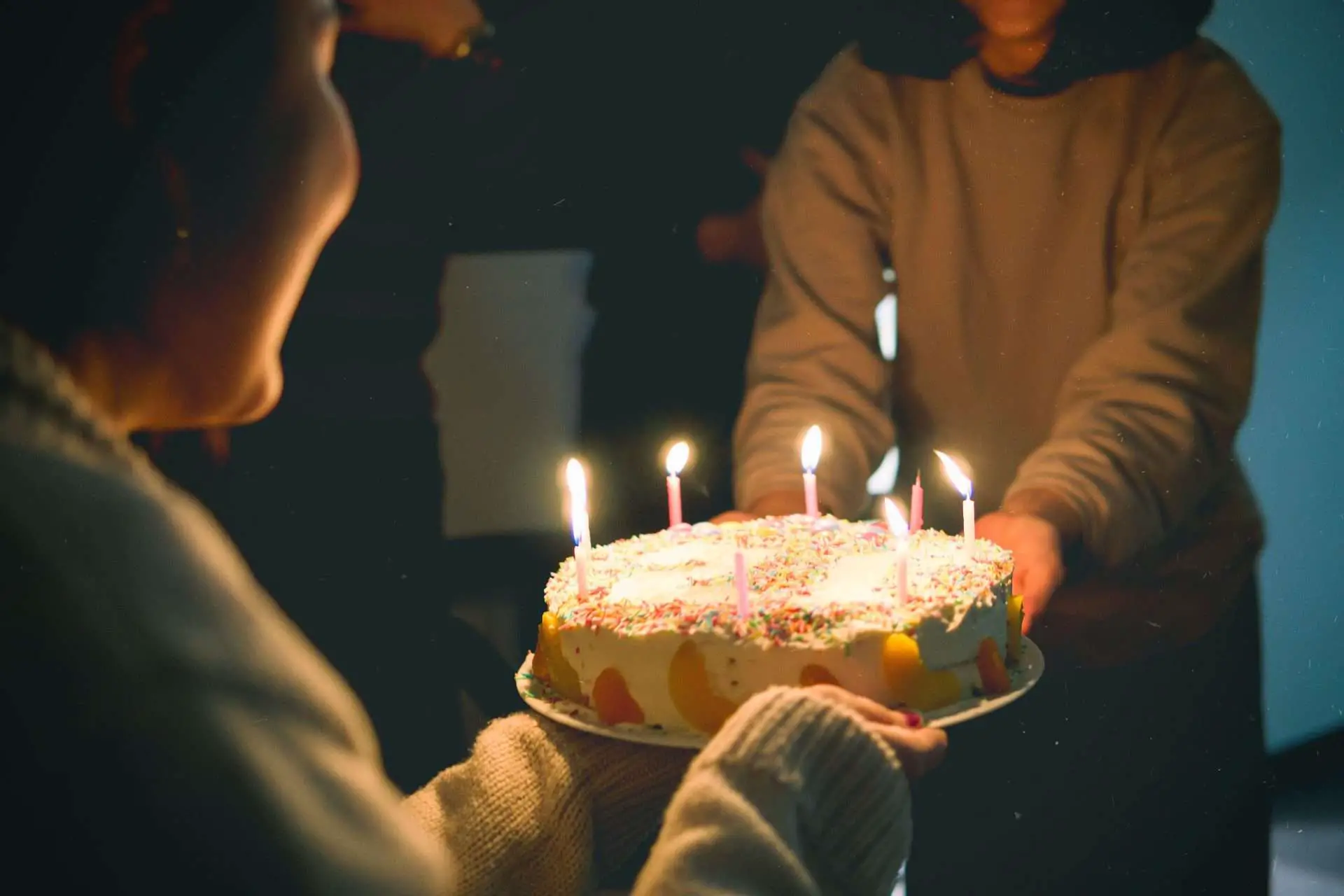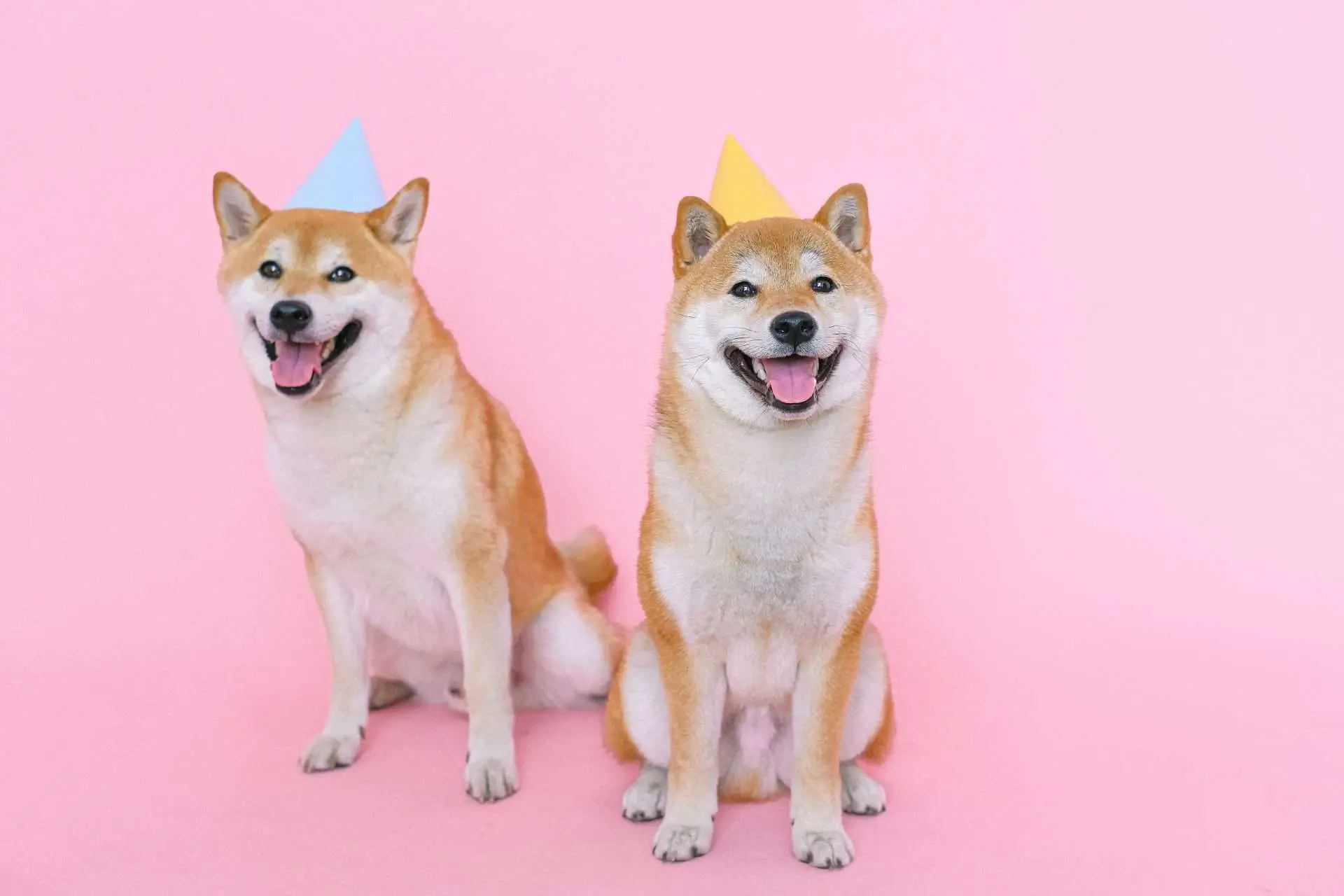Cue the confetti and tune up your guitar—it’s time to become a birthday serenade superstar by playing happy birthday with guitar chords! Envision the grins and the infectious laughter as you deliver the iconic tune, weaving a tapestry of joy that wraps up the party in a warm embrace.
Prepare to elevate your performance by exploring the full ensemble of happy birthday chords AND the single-note melody that have echoed through countless celebrations. And for those eager to add a personal twist, we’ve included a variety of alternate ways to play that cater to different vocal ranges and playing styles.
With your guitar in hand, you’re all set to sprinkle a dash of musical magic on every birthday gathering and etch these moments into the hearts of all who are there to share in the happiness!

Happy Birthday Guitar Chords For Beginners
Mastering “Happy Birthday” on the guitar is a rewarding experience that’s perfect for beginners, as it only requires three chords: the open G chord, the D chord, and the C chord. These chords are some of the first you’ll learn, and they open the door to playing a vast array of other songs. Speaking of opening, you can learn more about open chords here.
By learning this tune, you’ll not only be able to bring a smile to someone’s face on their special day, but you’ll also build confidence in your chord transitions and strumming. It’s a fun and practical way to practice your skills while making memories that last!
G Guitar Chord

- Place your index finger on the 2nd fret of the 5th string. (B)
- Place your middle finger on the 3rd fret of the 6th string. (G)
- Place your ring (or pinky) on the 3rd fret of the first string. (G)
- The open D, G and B strings are also played.
D Guitar Chord

- Place your index finger on the 2nd fret of the 3rd string. (A)
- Place your middle finger on the 2nd fret of the 1st string. (F#)
- Place your 3rd finger on the 3rd fret of the 3nd string. (D)
- D is also played on the open D string.
C Guitar Chord

- Place your index finger on the 1st fret of the 2nd string. (C)
- Place your middle finger on the 2nd fret of the 4th string. (E)
- Place your ring finger on the 3rd fret of the 5th string. (C)
- G is played on the open G string.
Happy Birthday Chord Progression
A chord progression is a sequence of chords that are played in succession, forming the harmonic backbone of a song. When you strum a tune on your acoustic guitar, you’re essentially navigating through a series of these chord changes.
Chord progressions are typically notated with Roman numerals, which represent the scale degrees in any given key. For the classic tune “Happy Birthday,” the progression follows a simple I-IV-V-I pattern.
This means that if you’re playing in the key of C major, your chords will be G (I), C (IV), D (V), and back to G (I). Here’s a breakdown of the chords in the key of C:
- G major (I): The tonic or home chord, giving the song a sense of beginning and end.
- C major (IV): Provides a contrast to the tonic, leading smoothly into the next chord.
- D major (V): Creates a tension that resolves when returning to the tonic chord.
- G major (I): Completes the progression by returning to the home chord, offering resolution.
Happy Birthday Strumming Pattern
Strumming patterns give rhythm and feel to the chord progressions you play on the guitar. For “Happy Birthday,” a simple and effective strumming pattern can make the song come to life, even for beginners.
The pattern consists of a combination of down (D) and up (U) strokes that you can repeat throughout the song. A straightforward pattern to start with could be:
- Down, Down, Up, Up, Down, Up
Translated into a rhythm, it looks like this:
| Strum | D | D | U | U | D | U |
|---|---|---|---|---|---|---|
| Count | 1 | 2 | & | 3 | 4 | & |
Start slowly, ensuring each strum is even and clear, and gradually increase your speed as you become more comfortable.
This pattern provides a steady and joyful rhythm that suits the celebratory mood of “Happy Birthday,” making it a delight to play and sing along to. Remember, the key to good strumming is to keep your wrist relaxed and your timing consistent.
HBD Song Lyrics
For those of you who aren’t in the know, here are the words to happy birthday.
Happy birthday to you
Happy birthday to you
Happy birthday dear (name)
Happy birthday to you
HBD Song Melody
The melody is a succession of pitches. When you sing, you are singing the melody because you can only sing one note at a time.
If you have a second guitar, you can ask a friend to play the melody while you play the chords, or you can just sing like most people! Here is how to play the melody to happy birthday on the guitar.

Happy Birthday With Chords & Melody
Okay we have come this far… It’s time to combine the chords and melody! It is important that your chord changes are synched with the song.
So here are the lyrics again but this time with the appropriate chord changes.
G D
Happy Birthday to you
D7 G
Happy Birthday to you
C G
Happy Birthday Dear (Name)
D7 G
Happy Birthday To youuuuuuuu
GGGGGGGGG
And many more!
Alternate Ways To Play Happy Birthday With Guitar Chords
As I said before, happy birthday can be played in basically any major key. Most people use G because it is easy for almost everyone to sing.
You wouldn’t want to play too low or too high! F is also another key that is popular for happy birthday, let’s learn how to play happy birthday in F.
F C
Happy birthday to you
F C
Happy birthday to you
F/A Bb
Happy birthday dear (name)
F C F
Happy birthday to youuuuuu
Birthday Chord Practice Tips
Ready to rock out a birthday anthem that’ll make the candles on the cake dance with joy? Here are some practice tips that’ll have you strumming “Happy Birthday” with confidence & flair.
1. Break It Down
Start by breaking down the song into bite-sized pieces. Focus on mastering each chord individually before stringing them together. This way, you’ll build a solid foundation and make the learning process more manageable.
2. Go Slow
Rome wasn’t built in a day, and neither is guitar mastery. Take it slow, and don’t rush through the strumming pattern or chord changes. Accuracy over speed is your mantra!
3. Use a Metronome
A metronome is your best friend when it comes to keeping time. Start at a slow tempo and gradually increase the speed as you get more comfortable. This will help you maintain a steady rhythm throughout the song.
4. Repetition is Key
Repetition is the mother of skill. Practice the chord progression repeatedly until the movements feel natural and you can play without looking at your fingers.
5. Record Yourself
Sometimes, we don’t hear our own mistakes. Record your practice sessions and listen back. You’ll be able to catch any errors and track your progress over time.
6. Sing Along
If you’re planning to sing while playing, practice doing both together. It might feel like patting your head and rubbing your belly at first, but with practice, you’ll be a one-person band in no time!
7. Celebrate Small Wins
Every time you get a little better, give yourself a pat on the back. Celebrate those small wins—they add up to big achievements!
8. Stay Positive
Stay positive and be patient with yourself. Learning an instrument is a journey, not a sprint. Enjoy the process and the music you’re creating.
Practice Schedule Table
Here’s a fun table to help you organize your practice sessions:
| Day | Goal | Focus Area | Notes |
|---|---|---|---|
| Monday | Memorize Chord Shapes | G, D, D7, C | Take it one chord at a time. |
| Tuesday | Strumming Pattern Practice | DD UU DU | Keep it even and steady. |
| Wednesday | Chord Transition Practice | G to D to D7 to C | Smooth transitions are key. |
| Thursday | Play Along with a Metronome | Full Song | Start slow, then speed up. |
| Friday | Sing and Play | Full Song with Vocals | Feel the rhythm and the rhyme. |
| Saturday | Record and Review | Full Song | Listen back for improvement areas. |
| Sunday | Rest and Reflect | – | Rest is just as important! |
Remember, the most important thing is to have fun and enjoy the music you’re making. Before you know it, “Happy Birthday” will be a piece of cake to play, and you’ll be the life of every birthday party. Keep strumming, and let the good times roll! 🎉🎈

Conclusion
As we wrap up our musical guide, you’re now equipped with the three essential chords—G, D, and C—that form the cheerful tune of “Happy Birthday.”
The chord progression I-IV-V-I in the key of G major (G, C, D, and back to G) is not only simple to learn but also a great way to practice and understand the structure of many other songs.
Paired with the easy-to-follow strumming pattern of down and upstrokes (D-D-U-U-D-U), you’ve got all the tools needed to bring this song to life.
Remember, each strum and chord change is a step towards becoming a more confident guitarist.
Whether you’re playing for a crowd or just for fun, these chords and patterns will make the “Happy Birthday” a song that’s not only enjoyable to play but also a memorable gift to anyone on their special day. Keep practicing, stay inspired, and let every strum celebrate the joy of music! 🎶🎉
